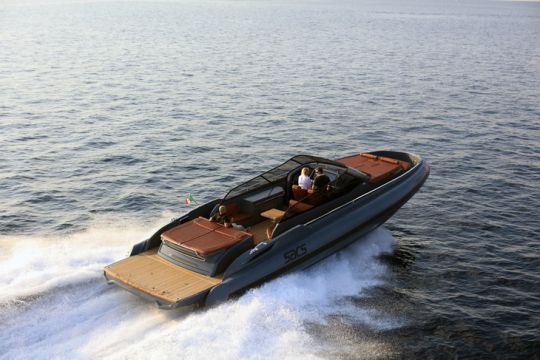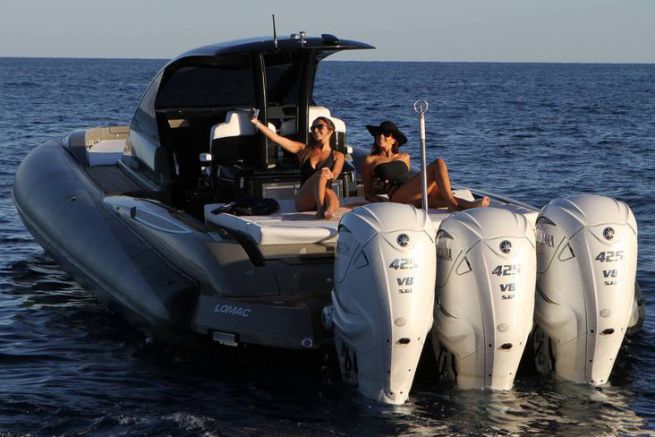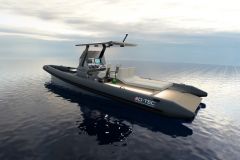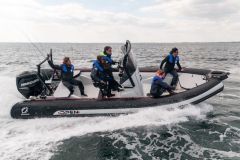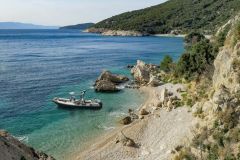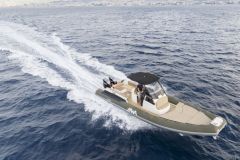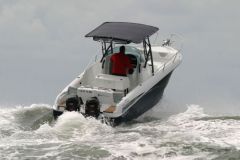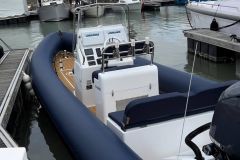Ever larger models
In 2016, Sacs launched the Rebel 47 a large tire of 14.10 m equipped with 3 x 350 HP! One year later, the Italian manufacturer Pirelli made the buzz with the launch of the Pirelli 1900 a giant of 18.5 m capable of reaching 45 knots in top speed with 2x800 HP.
And since then, everyone has been launching their own mega-tire! In 2018, the Lomac shipyard presented the WG 14 a semi-rigid of 14.51 m capable of reaching 57 knots with 3x425 CH Yamaha XTO. And Capelli, the Tempest 50 (15 m) and its 4x425 CH XTO (1700 horsepower in total!).
But this extension of length, combined with the accumulation of large outboards comes at a price. The GranTurismo 14.0 costs 540,000 euros without engine. While the Tempest 50 has a selling price of 750,000 euros. These prices correspond to a new market, that of the large superyacht tender.
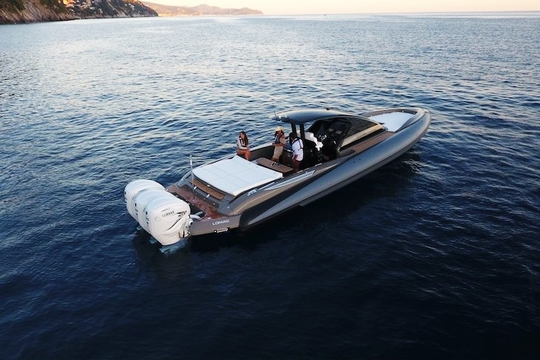
Increasingly powerful engines
The bigger a boat is, the heavier it usually is. So more power is needed to make them go fast. For some years now, engine manufacturers have been working on the development of " large outboard motors . Thus, the new V8 of Mercury reaches 400 HP, while Yamaha displays 425 HP and Suzuki 350 HP.
These developments make it possible to offer outboard motorization on larger and larger boats (this is also the case in the world of rigid hulls with Jeanneau's Merry Fisher and more recently Bénéteau's Flyer 10). Because it offers many advantages, appreciated by boaters, to the detriment of the inboard: maintenance, upkeep, wintering
"There is an evolution of motorization in terms of power, which allows us to propose large boats capable of receiving these big outboards. Clearly, 10-meter RIBs are on the rise!" explains Guillaume Verbrugghe, Head of Yamaha's Marine Department.

Chasing the superyacht market
Usually, superyachts have tenders to reach the land or to make a tour at sea. But the yards are limited in size since these must be stored inside the yacht.
With these maxi-ribs, builders are offering alternatives to tenders. By launching these large models, the shipyards are investing in the chaseboat segment. Unlike the tender, it is an auxiliary boat, which can be left in the harbor for example.
You are no longer limited in size (since it does not need to be stowed on board) and you can enjoy a comfortable equipment on board your chaseboat. That's why builders offer cabins, bathrooms, a kitchen and many living spaces: numerous sunbathing areas, squares, etc.
"Wealthy shipowners want to feel at home with bigger, more comfortable boats with lots of details. Today, even for a few hours of sailing, people want comfort." explains Umberto Capelli, director of the Capelli yard.
"Big boat and superyacht owners are looking for a boat they can handle on their own. They need autonomy and power and we bring them this "says Guillaume Verbrugghe.
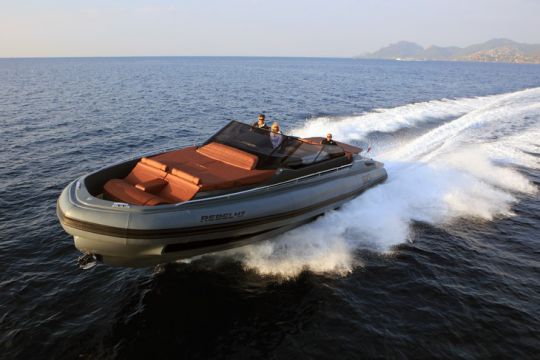
Freedom and fun!
It is a feeling of freedom and the search for pleasure that explain this success with superyacht owners. Indeed, on board, they have access to the sensations of piloting that they have lost on board their big yachts led by professional crews. It is thus on a boat of reasonable size that they enjoy themselves!
"Water is freedom. It is one of the last spaces of freedom, where you can feel adrenaline. With these models getting bigger and bigger, we value the owners. They can drive, bring a lot of people on board, go fast. We give them the fun they don't have on their yacht." adds Mr. Capelli.
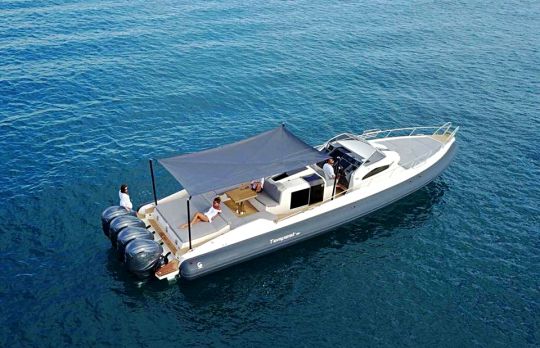
To be seen
There is no need to hide it, the big semi-rigid attracts the eyes! If we add the triple or quadruple outboards attached to the transom, then all the conditions are met to play "star" of the water!
And the Italian shipyards have understood this. For them, style is a way of life!
The designs are sleek and very inspired by the automotive world, with streamlined windshields and roofs. The bows are thin to gain speed.
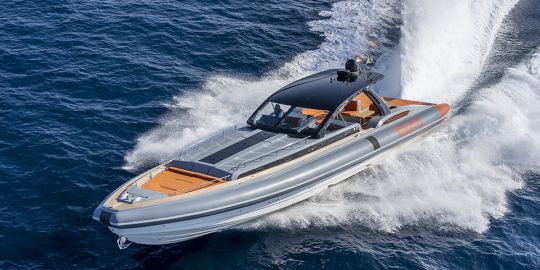
Safety!
Finally, if the semi-rigid is growing so fast, it is because of its many advantages compared to the rigid hull. And yet, we find less and less "bladders" on tires! But we keep them because the floats allow to lower the center of gravity of the boat and thus to be very stable. In addition, the flange hull offers undeniable handling qualities with often a greater steering tolerance.
The space on board is also impressive and therefore the load capacity is higher.
